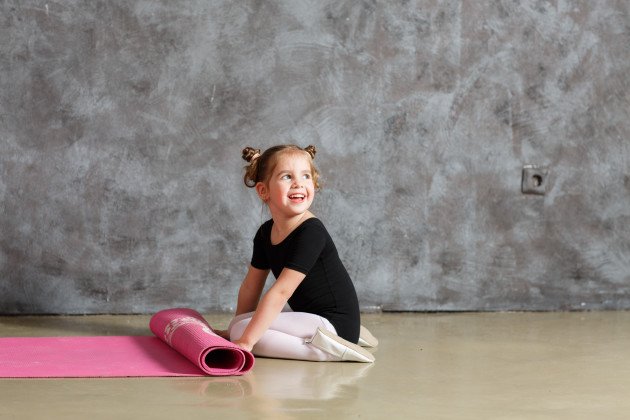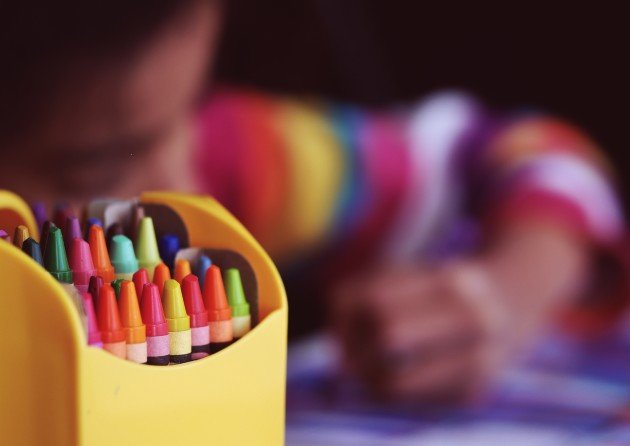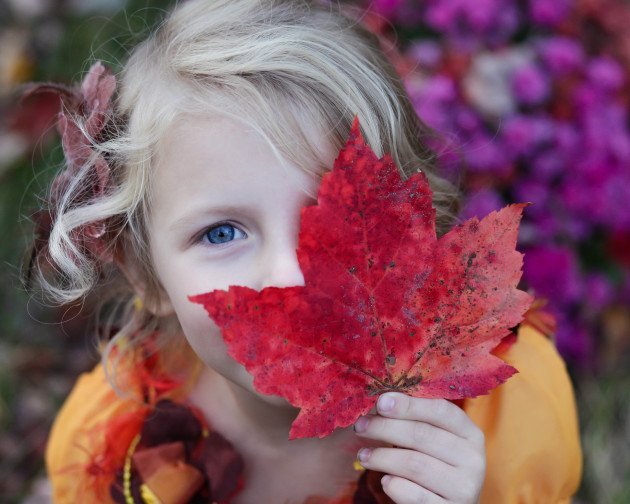In my experience, yoga classes with this age group can be really satisfying. Once I’ve tuned into their rhythm and practiced regularly with them, I really start to see how yoga and breath work can help them build their balance, improve coordination and develop their ability to consciously relax.
I’ve created a class plan collection for this group now, based on the classes I’ve run with toddlers and pre-schoolers over the past few years.
Download ‘Yoga for Little Ones’ Class Plan Collection.
I think the key for this age group is regularity. When the children have a weekly session they soon get into the rhythm and start to absorb the benefits.
Here are my top tips for teaching yoga to this age group:
Set up a routine – The children tend to feel secure once they know the routine of the class. Even the little things like where to leave shoes and socks and helping tidy up the mats at the end create a sense of confidence. When you have a routine with the segments of your class (see below) as well, the kids will start to look forward to certain elements and be more ready to contribute.

Offer variety – Kids at this age can find it tough to concentrate for periods longer than about 10 minutes so I think of a class as a series of segments –each lasting between 1 and 10 minutes – which I relate to an overall theme. Generally I start with a greeting song, then I introduce the pose of the week, before sharing a picture relating to our topic (a picture a beautiful summer’s day if our topic today is ‘Summer’). Then I ask the kids to tell me what they know about the topic. Then we get to the main event – a short yoga story based on our theme. I tend to finish with a song with actions, by making something crafty together or by playing a game. I keep my eye on the clock and introduce elements if I need to fill more time.

Repeat postures – Younger children thrive on repetition. It helps reinforce their learning and builds their. Practicing yoga poses helps young children build vocabulary. The physical movements combine with the cognitive process of learning new words – a kinesthetic process which aids learning. By the end of an 8-week term, they will have accumulated a good range of poses and lots of new words. I love having a special class at the end of the term, where I call out pose names and see them do them, showing me and parents how much they’ve learned.
Use relevant themes – Try to make sure that your yoga sessions a based on topics the children are learning about at school and becoming familiar with. Ask a pre-K or nursery teacher for the subjects currently being taught. It’s also a good idea to use books and stories that you know are popular with this age group.

Include family/carers – Sometimes with the youngest yogis they need the security and support of a parent or carer nearby while they do yoga. Seeing their grown-up having fun doing the poses is usually the best way of encouraging them to have a go. Wherever possible and appropriate invite the grown-ups to follow along in the sessions and make the most of any opportunities for them to work with the children in yoga poses so they can enjoy them together.
Sing – Melody and rhythm are great ways to get younger children engaged, so if you can, sing – and if you can’t, clap! I sometimes sing random parts of the narrative if a tune comes to me. It gives the children a new sound to tune into which dials up their focus and listening in the moment.
Here’s an example of the Namaste Hello Song!
And here’s the Sun Salute Song!
Here’s the tune of incy wincy spider for the song in the space picnic lesson plan!
Puppets and props – Use bubbles for chasing, blowing across the room and clapping to pop them. Chiffon juggling scarves are great sensory props to lay over the face, so you see the world in a different colour. Get the kids to blow with all their might to see the scarf fly up into the air. Puppets are a great way to wake everyone up after relaxation – the kids love it when I go round with Lenny the Lion whispering ‘Wake up!’ quietly in their ear to wake them, or giving them a kiss on the nose!


